

Verweise - PORTFOLIO
REF. ARTIKEL

HAMON C. (2016). Salt mining tools and techniques from Duzdagi (Nakhchivan, Azerbaijan) in the 5th to 3rd millennium BC, Journal of Field Archaeology 41, 4, p. 510-528.

GOMART L., HACHEM L., HAMON C., GILIGNY F., ILETT M. (2015).
Household integration in Neolithic villages : a model for the Linear Pottery Culture in west-central Europe, Journal of Anthropological Archaeology 40, p. 230-249.

NICOLAS C., GUERET C. (2014). Armorican arrowhead biographies: Production and function of an Early Bronze Age prestige good from Brittany (France), Journal of Lithic Studies 1, 2, p. 101-128.

JEUNESSE C. (2014), The dogma of the Iberian origin of the Bell Beaker: attempting its deconstruction, Journal of Neolithic Archaeology 16, p. 158-166.

BESSE M. (2014). Around the Petit-Chasseur site in Sion (Valais, Switzerland) and new approaches to the Bell Beaker Culture,
proceedings of the International Conference held at Sion (Switzerland) October 27th-30th, 2011, Archaeopress, Oxford,
GALLAY A. The Chronology of the Petit-Chasseur cemetery (Sion, Valais): a reply toRichard Harrison and Volker Heyd, p. 17-24.
PERREARD-LOPRENO G. Is it possible to estimate the size of the social group from which the individualsburied in dolmen M XII at the “Petit-Chasseur” site (Sion, Valais) stem?, p. 33-42.
AFFOLTER J. Lithic raw materials from the Petit-Chasseur site, p. 43-58.
GALLAY A. Sion, Petit-Chasseur: a taste of Europe and beyond, p. 113-132.
WINIGER A. Architectural organisation of the Final Neolithic lakeside villages of Concise (Vaud, Switzerland), p. 133-142.
BURRI-WYSER E. The Final Neolithic pottery of Concise (Vaud, Switzerland)…or what to do with unattractive material?, p. 143-154.
MAUVILLY M., SPIELMANN J., BESSE M. The Bell Beaker Culture in the Canton of Fribourg (Switzerland): Current state of research, p. 155-162.
BEN-NCER A., BOKBOT Y., AMANI F., OUACHE M. Study of the Chalcolithic Burial 2 and 3 of Ifri n'Amr ou Moussa (Morocco), p. 251-258.
ENDRÖDI A. Effects of cultural contacts on the burial rites of the Bell Beaker Csepel Group, p. 259-276.
GYULAI F. The archaeobotanical evidence of burial rites of the Bell Beaker Csepel Group, p. 277-284.
TESTART A. Anthropology of the Megalith-Erecting Societies, p. 331-336.
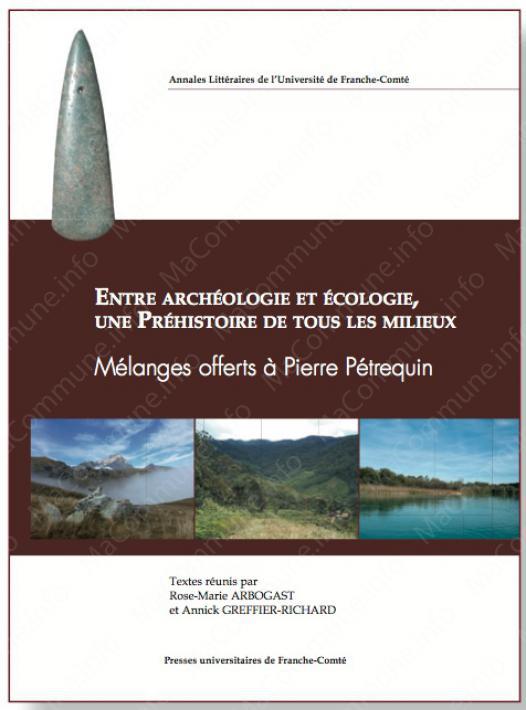
SCHLICHTHERLE H. (2014) La « hache-charrue » : des emmanchements de haches de cérémonie dans les habitats lacustres du lac de Constance ? in : R.M. Arbogast et A. Greffier-Richard (ed.), 2014.- Entre archéologie et écologie, une Préhistoire de tous les milieux. Mélanges offerts à Pierre Pétrequin. Annales Littéraires de l’Université de Franche-Comté, 928, Série Environnement, sociétés et archéologie, 18, Besançon, Presses universitaires de Franche-Comté : p. 267-280.

MOUBARAK-NAHRA R., CASTEL J.-C., BESSE M. (2014). Reconstructing carcass processing related to elk (Alces alces) exploitation during the Late Mesolithic: The case of Zamostje 2 (Central Russia), Quaternary International 337, p. 170-188.

FRIEDERICH J., KRAUSE R. (2013). Les fermes au tracé rectangulaire en bordure occidentale du Nördlinger Ries:
la séquence d'occupation dans une microrégion entre les époques Hallstatt et La Tène finale, in S. Krausz, A. Colin, K. Gruel, I. Ralston, T. Dechezleprêtre (éds.), L'âge du Fer en Europe. Mélanges offerts à Olivier Buchsenschutz, Bordeaux, Ausonius (Mémoires, 32), p. 345-360.

GUILAINE J. (2013). The Neolithic transition in Europe. Some comments on gaps, contacts, arrythmic model, genetics, in E. Starnini (ed.) Unconformist archaeology: papers in honour of Paolo Biagi, Oxford, Archaeopress (BAR, International Series 2528), p. 55-64.

MEES A. (2013). La sauvegarde du patrimoine archéologique allemand au temps de Joseph Déchelette, Les Nouvelles de l'Archéologie, 133 (Financement et règlement étatique de la pratique de l'archéologie (fin XIXe-début XXe siècle), p. 20-24.

THEVENET C. (2013). L'invention du cercueil au Néolithique: un changement profond dans la conception des funérailles = The invention of the coffin in the Neolithic: a profound change in the concept of funeral rituals, Annales de la Fondation Fyssen, 27, p. 36-42 = 43-48.
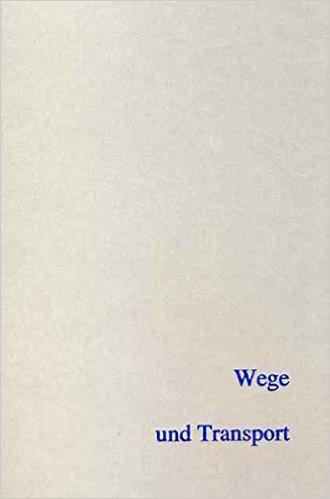
LORHO T., BLANCQUAERT G., MALRAIN F. (2012). Ein notwendiges Hilfsmittel für die Untersuchung des latènezeitlichen Siedlungswesens: eine Datenbank auf nationaler Ebene - Vorstellung und Beispiele, in C. Tappert, C. Later, J. Fries-Knoblauch, P. C. Ramsl, P. Trebsche, S. Wefers und J. Wiethold (Hrsg.), Wege und Transport, Beiträge zur Sitzung der AG Eisenzeit, 80. Verbandstagung des West- und Süddeutschen Verbandes für Altertumsforschung e. V. (Nürnberg, 25.-29. Mai 2010), Beier & Beran, Langenweissbach (Beiträge zur Ur- und Frühgeschichte Mitteleuropas, 69), p. 169-182.

BRIOIS F., MIDANT-REYNES B., MARCHAND S., TRISTANT Y., WUTTMANN M., DE DAPPER M., LESUR J., NEWTON C. (2012). Neolithic occupation of an artesian spring : KS043 in the Kharga Oasis, Egypt, Journal of Field Archaeology, 37, 3, p. 178-191.

BUCHEZ N., MIDANT-REYNES B. (2011). A tale of two funerary traditions: The Predynastic cemetery at Kom el-Khilgan (eastern Delta), in R. Friedman and P. N. Fiske (eds.), Egypt at its Origins 3, Proceedings of the third International Conference "Origin of the State, Predynastic and Early Dynastic Egypt, (London, 27th July - 1st August 2008), Leuven (Orientalia Lovanensia Analecta, 205), p. 831-858.

PILLONEL D., REGINELLI SERVAIS G. (2011). Eisenzeitliche Pfahljochbrücken über die Zihl und die Broye (Schweiz). Zeichnerische Dokumentation und Bauweisen, in M. Prell (Hrsg.), Archäologie der Brücken: Vorgeschichte, Antike, Mittelalter, Neuzeit = Archaeology of Bridges: Prehistory, Antiquity, Middle Ages, Modern Era, Bayerische Gesellschaft für Unterwasserarchäologie e. V. und Bayerisches Landesamt für Denkmalpflege, Pustet, Regensburg, p. 23-30.

LAPORTE L. (2010). Innate and/or expressed identities. Their conceptualization through monumentality, funerary practices and grave goods.
Some examples from the megalithic tradition of Western France, Journal of Neolithic Archaeology, 12, 26 p.

KAESER M.-A. (2010). ArchäologInnen und Archäologie in den Medien: Ein störendes Spiegelbild?, in
H.-J. Gehrke und M. Sénécheau (Hrsg.), Geschichte, Archäologie, Öffentlichkeit. Für einen neuen Dialog
zwischen Wissenschaft und Medien: Standpunkte aus Forschung und Praxis, Bielefeld, Transcript Verlag (Historische Lebenswelten, 4),
p. 49-61.

DEMOULE J.-P. (2010). "La Protohistoire de l'Europe" fünfundzwanzig Jahre später: archäologischer Forschungsstand und wissenschaftssoziologische Betrachtungen, in V. Becker, M. Thomas und A. Wolf-Schuler (Hrsg.), Zeiten, Kulturen, Système: Gedenkschrift für Jan Lichardus, Beier & Beran, Langenweissbach (Schriften des Zentrums für Archäologie und Kulturgeschichte des Schwarzmeerraumes, 17), p. 31-38.

PERRIN T., MARCHAND G., ALLARD P., BINDER D. (2010). Le second Mésolithique d'Europe occidentale: origines et gradient
chronologique = The Late Mesolithic of Western Europe: origins and chronological stages, Annales de la Fondation Fyssen 24, p. 160-176.
REF. BÜCHER

CORBOUD P. SCHAEREN G. (erscheint 2017). Die Pfahlbauten der Schweiz, Swiss Coordination Group UNESCO Palafittes, Schweizerische Kunstführer, GSK, Bern, 92 S.
CORBOUD P. SCHAEREN G. ( à paraître 2017). Les palafittes suisses, Swiss Coordination Group UNESCO Palafittes, Guides d'art et d'histoire de la Suisse, SHAS, Berne, 92 p.

GUILAINE J. (2015). Chapter 4. The Neolithization of Mediterranean Europe: Mobility and Interactions from the Near East to
the Iberian Peninsula, in C. Fowler, J. Harding and D. Hofmann (eds.), The Oxford Handbook of Neolithic Europe (Oxford Handbooks), p. 81-98.

DOPPLER T. (2013). Spreitenbach-Moosweg (Aargau, Schweiz): ein Kollektivgrab um 2500 v. Chr. = Spreitenbach-Moosweg (Argovie, Suisse): une sépulture collective vers 2500 av. J.-C., Archäologie Schweiz, Basel (Antiqua, 51), 336 p.

GILIGNY F., BOSTYN F., COUDERC J., LETHROSNE H., LE MAUX N., LO CARMINE A., RIQUIER C. (2011). Chapter 9. Production and diffusion of axes in the Seine valley, in V. Davis and M. Edmonds (eds), Stone Axe Studies III, Oxbowbooks, Oxford, p. 149-166.
MAIGROT Y. (2011). Chapter 17. Neolithic polished stone axes and hafting systems : technical use and social function at the Neolithic lakeside settlements of Chalain and Clairvaux, in V. Davis and M. Edmonds (eds), Stone Axe Studies III, Oxbowbooks, Oxford, p. 281-294.

ZUFFEREY-PERISSET A.-D., FREY S., DUBUIS P. (2010). Rebe und Wein im Wallis: die Geschichte von den Anfängen bis heute, Infolio, Gollion, 576 s.
CURDY P., Vor den Römern: die ersten Weinservice im Wallis, S. 62-63.
CURDY P., Unter den Weinstöcken…archäologische Schätze, S. 64.
CURDY P., Die ersten "Weinflaschen" im Wallis, S. 65.
CURDY P., PACCOLAT O., Das Rebmesser, Gerät des Walliser Weinbauern in der Römerzeit, S. 66-67.
SCHUPBACH HAHLING S., Die Walliser in der Römerzeit, Liebhaber von mediterranen Weinen, S. 70-71.
ARNOLD C., Die wilde Weinrebe im Wallis, S. 82-83.
REF. FACHZEITSCHRIFTEN
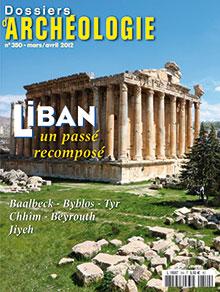
VAN ESS M. (2012). Baalbek: nouvelles découvertes autour du complexe,
Dossiers d'Archéologie 350, p. 44-47.

GROSSMANN G. U. (2012). Qu'est-ce qu'un château fort ? La vision allemande,
Dossiers d'Archéologie, 349, p. 14-19.

UNTERMANN M. (2010). Hirsau (Allemagne), une abbaye au centre de la réforme clunisienne,
Dossiers d'Archéologie H.S. 19, p. 54-59.

MODE M. (2010). Kaltchayan: portraits des Kouchans, Dossiers d'Archéologie, 341, p. 43.

WOLF S., ONASCH H.-U. (2010). Les "Bains royaux" de Méroé, Koush et le monde méditerranéen au début de notre ère,
Dossiers d'Archéologie, H.S. 18, p. 44-49.

WULF-RHEIDT U. (2009). Le palais impérial du début du Iie siècle ap. J.-C. à l'époque sévérienne,
Dossiers d'Archéologie 336, p. 70-73.

KAESER M.-A. (2009). «Neuchâtel : Das Laténium, Park und Archäologiemuseum – Aktuelles aus der Schweizer Archäologie».
Dossiers d’Archéologie 333 (Mai/Juni 2009). Dijon, Faton, 96 S.
(German version, special issue)
REF. AUSSTELLUNGEN

WIESE A., JACQUAT C. (2014). Blumenreich: Wiedergeburt in Pharaonengräbern (Antikenmuseum und Sammlung Ludwig, Basel), C. Maurer, Basel, 207 S.
ROGGER I. (2014). Entdeckungen und Ausgrabungen in der thebanischen Nekropole, S. 18-25.
JACQUAT C. (2014). Floraler Mumienschmuck in Königs- und Privatgräbern vom Neuen Reich bis in die griechisch-römische Zeit, S. 26-73.
ROGGER I. (2014). Blütezeit der ägyptischen Sargmalerei: Die thebanischen Särge der Dritten Zwischenzeit im
Musée d'Ethnographie Neuchâtel, S. 76-84.
JACQUAT C. (2014). Pflanzenlexikon der hier behandelten Girlanden, S. 189-205.

ELSIG P., MORAND M. C. (2013). Das Gechichtsmuseum Wallis Sitten, Somogy, Paris (Sammeln inmitten der Alpen, 2), S. 38-99.
ELSIG P., MORAND M. C. (2013). History Museum Valais, Somogy, Paris (Collecting in the Heart of the Alps, 2), p. 38-99.

LINK C., SIEBRECHT U. (2013). La Saxe-Anhalt, Pays des Ottoniens: une région propulsée de la périphérie au centre de l'Europe, Zentrum für Mittelalterausstellungen, Magdeburg, 35 p.
http://www.mittelalterausstellungen.de/data/mediapool/zma_tafelausstellung_frz.pdf

LECLERQ-MARX J. (2012). Hellsichtig und löwenstark: Der Greif in Antike und Mittelalter, in Animali. Tiere und Fabelwesen von der Antike bis zur Neuzeit, SKIRA, Schweizerisches Landesmuseum, Mailand/Zürich,
p. 169-181.
ZUCKER A. (2012). Der Physiologus: ein christliches Modell der Tiernaturen, in L. Tori und A. Steinbrecher (Hrsg.),
Animali. Tiere und Fabelwesen von der Antike bis zur Neuzeit, SKIRA, Schweizerisches Landesmuseum, Mailand/Zürich,
p. 101-111.
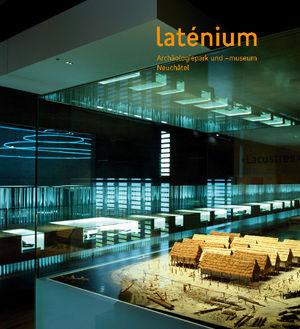
KAESER M.-A., RAMSEYER D. (2011). Laténium, Archäologiepark und -museum Neuchâtel, Ausstellungskatalog,
Verlag Gilles Attinger, Hauterive, 164 p.

CORBOUD P., CURDY P. (2009). Stèles préhistoriques: La nécropole néolithique du Petit-Chasseur à Sion = Prähistorische Stelen: Die neolithische Nekropole Petit-Chasseur in Sitten, Musées Cantonaux du Valais = Walliser Kantonsmuseen, Sion=Sitten, 119 p.
REF. ZUSAMMENFASSUNGEN



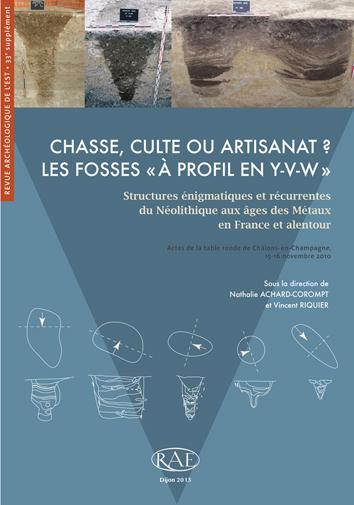
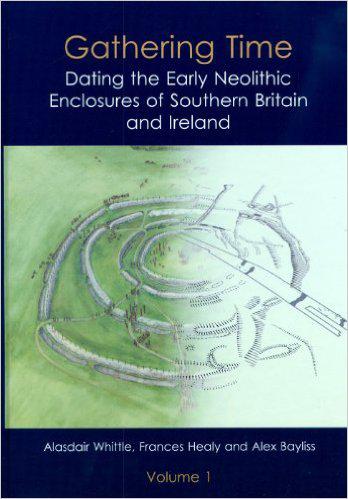





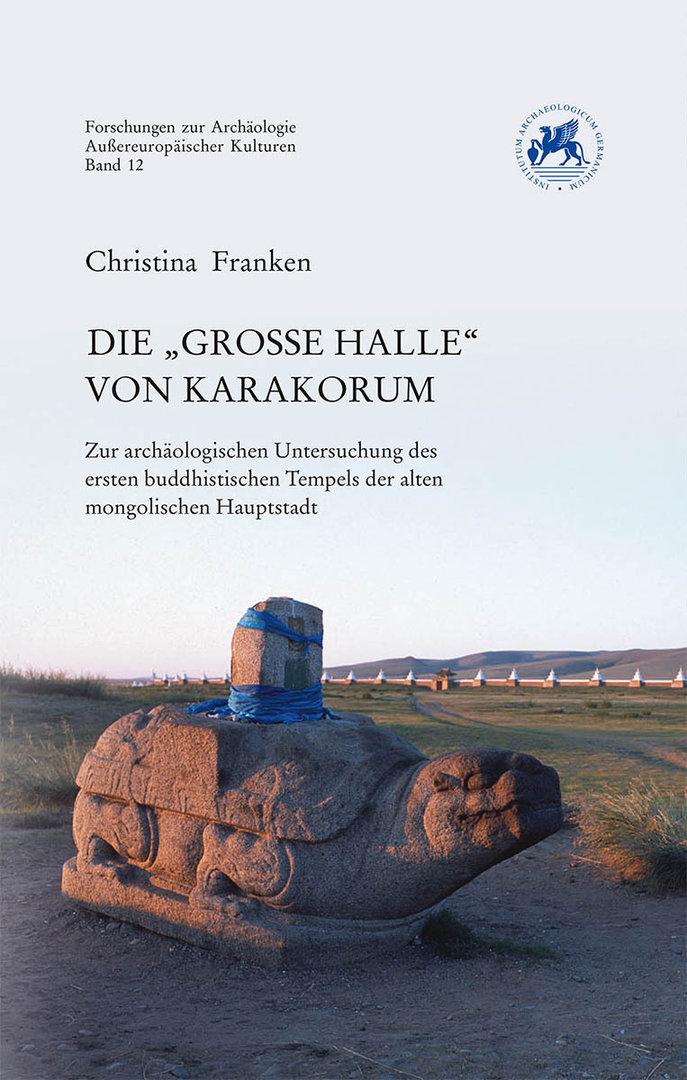
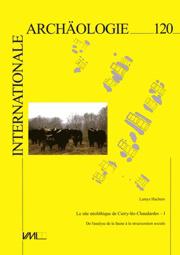


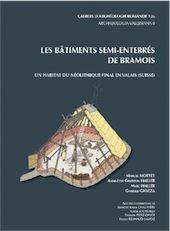





REF. KORREKTORAT






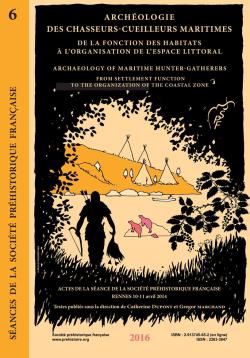
REF. VARIA










LINARKEO / Copyright 2017 Linarkeo - All rights reserved - Impressum